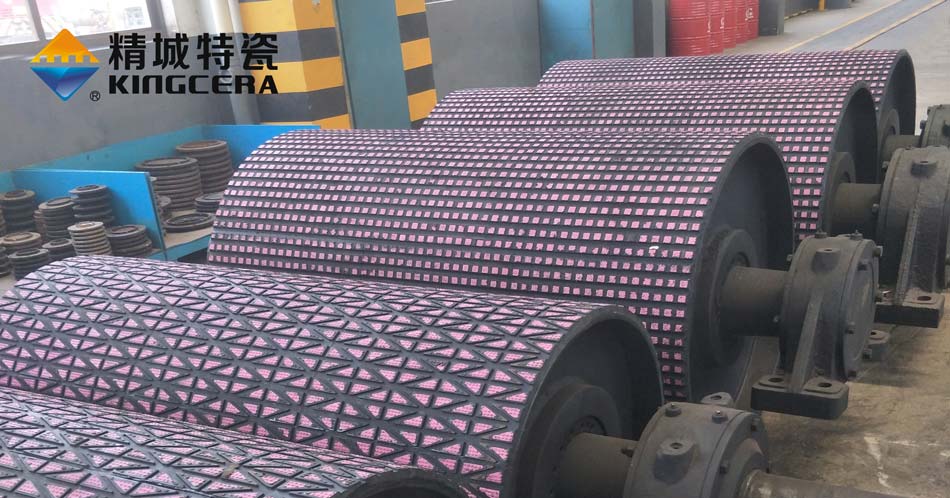Reducing maintenance costs and increasing production is driving a trend towards tougher wear resistance materials that are lighter and last longer.
In the last decade we have seen the requirement for mines to reduce maintenance cost and increase production. This has resulted in the need for wear products to perform for longer periods.
Simultaneously, the industry has improved health and safety in the workplace with an increased understanding of manual handling issues.
The emergence of lighter and more durable materials such as ceramic is finding increasing favour in mining as a substitute for traditionally heavier materials applied to equipment for longer wear life.
Cermaic wear plates are lighter and more durable than traditonal materials.
Mine operators are looking to minimise down time caused by maintenance while at the same time looking to have a material which performs consistently.
In both gold and iron ore there is a large amount of fines material which results in high abrasion and low impact. This is where ceramic products perform best.
In the past ceramic wear products have not handled impact well and were prone to cracking. This has changed with innovations in rubber vulcanising to the ceramic which allows for a degree of cushioning.
This has resulted in an increasing the number of applications in which ceramic liners can now be utilised.
Due to the weight saving offered by ceramics, a 63mm liner can be installed over a 20mm metal wear liners. The 63mm ceramic wear plate has 50mm of useable wear material which gives impressive increases in liner life.
This is why there has been growing demand in ceramic wear products in the mining industry currently.










